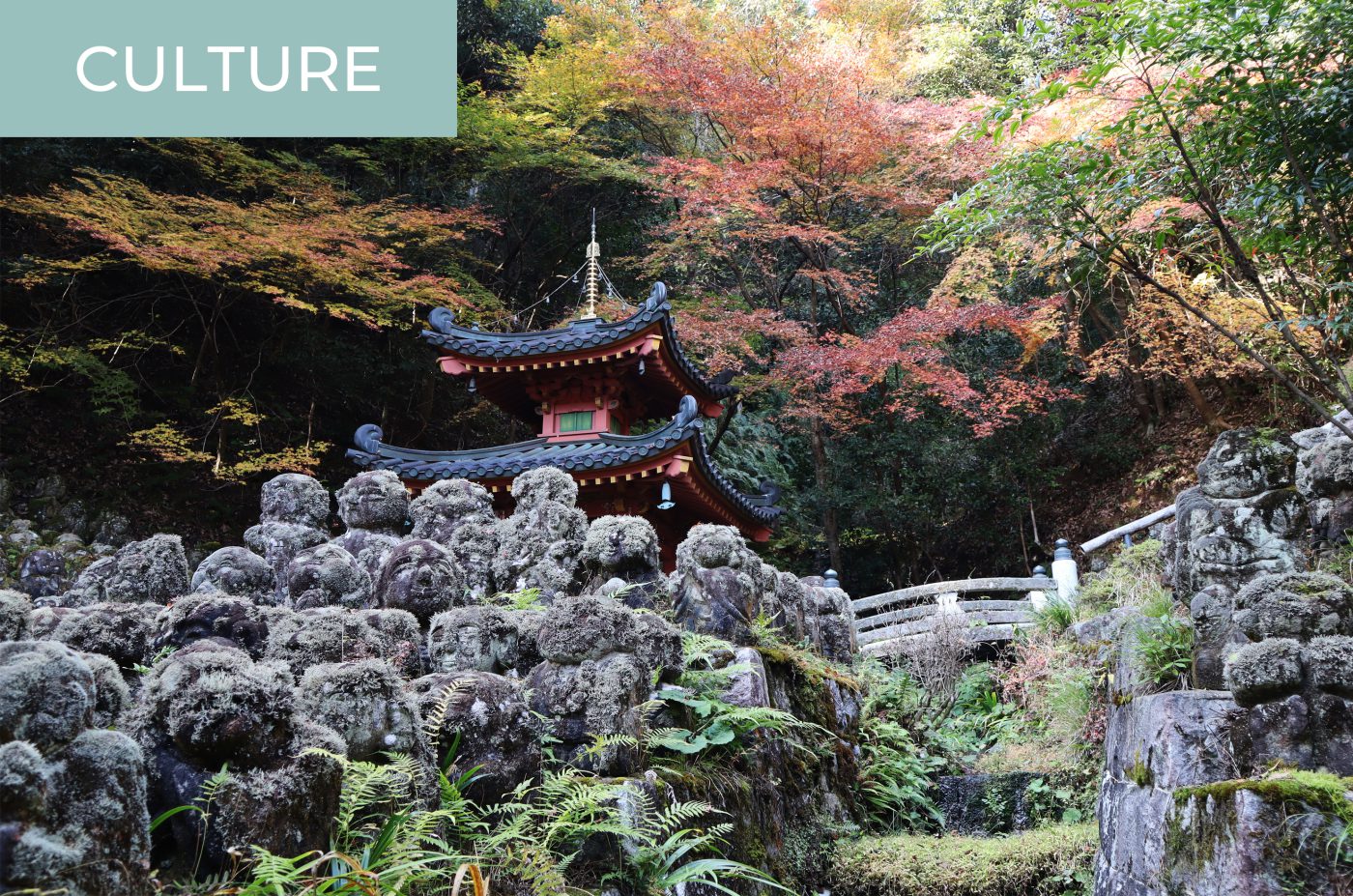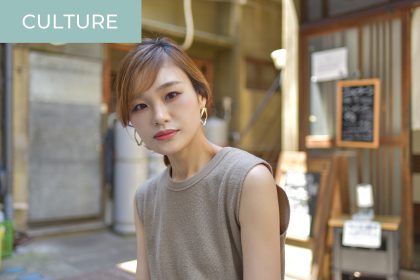Andrew William is a U.S. national who has been living in Kyoto for more than 10 years. After a career in garden design in both countries, his love for the town and its lesser-known gardens has led him to share them with guests in a very unique way.
Through his company, An Design, he offers not only in-person tours of Kyoto gardens but also what he calls “Interactive and Immersive Online Live-Performance Documentaries,” made with the support of local shrines and temples. I was lucky enough to have Andrew invite me to the tour of my choice to see by myself what this intriguing concept is about.
Read on for a report about my immersive live documentary experience, followed by an interview with Andrew in which he looks back at his career in gardening, talks about the spiritual meaning of Zen gardens, and explains why he decided to create this experience like no other.
My Interactive Virtual Walk among 1,200 Statues
When Andrew asked me to choose my favorite experience among the three currently available on his website, I did not hesitate for long and chose “A Walk Among 1,200 Sacred Statues.” Long-time Kokoro Media readers may remember that I am fond of Japanese spirituality and symbolism, and things such as Jizo statues, so the pictures of the experience really appealed to me.
The tour starts in Arashiyama, goes through Tenryuji Temple and Saga Bamboo Forest, to reach its main destination, Otagi Nenbutsuji Temple, which was built in 700. A few decades ago, Nishimura Kocho, who was a monk and also a statue maker, decided to give the temple a second life. He invited the locals—ordinary people—to make statues of the “rakan,” Buddha’s followers who took his teachings and continued them. Of course, he guided them in the making. As a result, the 1,200 statues of the temple all have a very distinct identity, as some of the people have chosen to represent themselves or family members in the process. Today, it is Nishimura Kocho’s son who is taking care of the temple, and he actively supported the making of this documentary by providing unique video documents.
The “Interactive and Immersive Online Live-Performance Documentaries” is much more than, let us say, Andrew, walking around the gardens with a selfie stick. The experience is really a documentary, in the sense that it is mainly formed by a series of videos that Andrew filmed in each place in the early morning, giving you the feeling that you have the place to yourself.
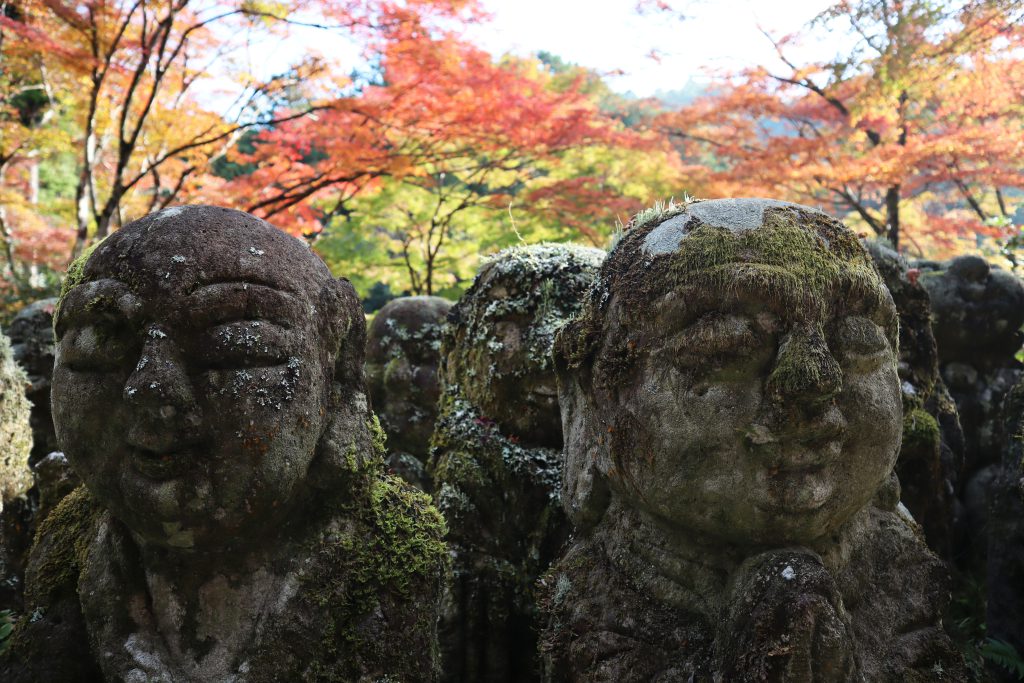
The videos allow one to contemplate the gardens and buildings at various distances, helping the guests appreciate both the general features of the places as well as their smaller details—giving an immersive feeling. To these videos, Andrew adds maps, images, and historical footage to put things back into context
I must say Andrew has a talent for voice narration (that he does live), and it is a pleasure listening to him. He makes sure to also give only relevant cultural information, such as local legends or the meaning of the Buddhist statues so that you know what you are looking at. Such information is distilled in just the right amount, so I always felt entertained.
To these facts, Andrew adds his personal anecdotes and experiences of Japan, which is a nice touch. As the experience is meant to be interactive, Andrew will sometimes ask you questions, just as you are allowed to ask him questions anytime using the chatbox.
Andrew’s voice is not the only sound you will hear during the experience. Each place’s sounds are recorded in good quality, which allows the guest to hear the sounds of water, the wind, and even insects. The use of traditional Japanese music also enhances the typical Kyoto atmosphere.
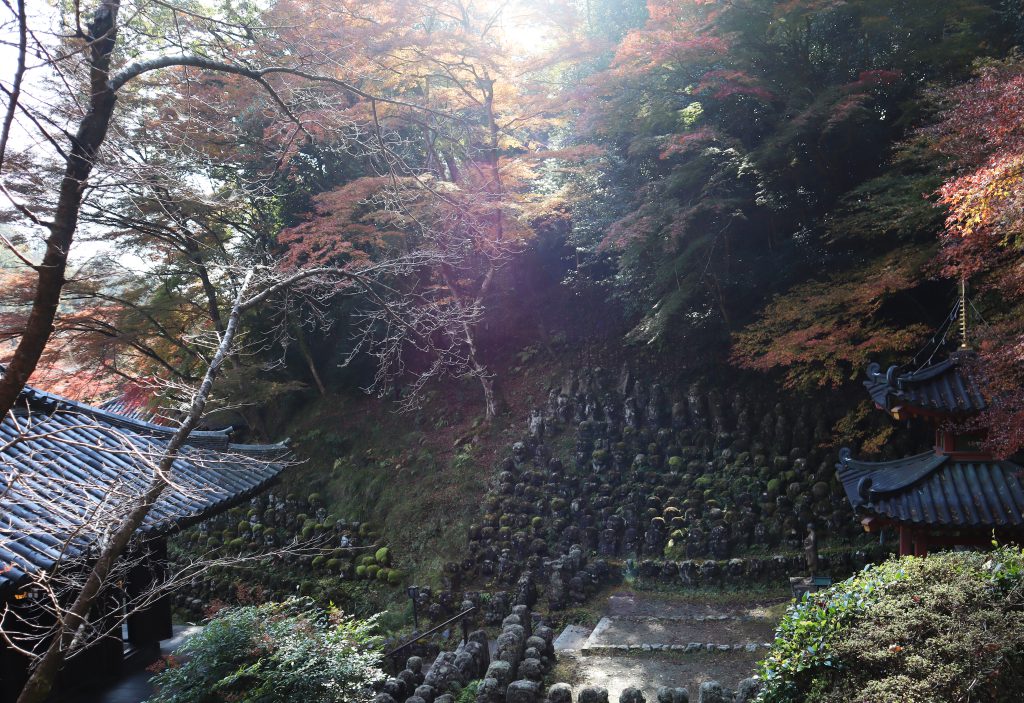
To sum up my experience, I would say that Andrew’s interactive documentary is very close to what it would feel like to visit the places as a VIP with a knowledgeable guide. However, it also offers valuable extra content (such as the historical footage or the music) that would be hard to implement in real life. In times of pandemic when Japan is still closed to tourists, it is a welcomed experience for anyone who has a longing for visiting Japan, and for people whose health does not allow a real-life trip!
Read on to know more about Andrew and his interesting concept.
Interview with Andrew William, Author and Guide of the Interactive Documentary

In the United States, you were a landscape designer. How did this lead you to organize tours about Kyoto gardens in Japan?
In the U.S., I worked for about 10 years designing and building large residential gardens. All the while, I was deeply interested in Japanese gardens and wanted to learn the design principles and techniques from the masters in Kyoto.
11 years ago, I left my career in the U.S. and came to Japan with the intent of finding an apprenticeship in a traditional garden company. I was able to find my way into one of the highest-ranking companies in Kyoto, with a history going back almost 300 years. This was an absolutely life-altering experience! I could have never imagined I would work in some unbelievable gardens, learn so much, and connect with so many people. Every day it seemed like I was learning at least five new things—whether it was learning a new word, a new plant or stone, a new technique, or the many things not to do!
I am very curious: what kind of things did you learn not to do?
Some things were related to good manners, like the fact I was not holding the beer bottle the right way when pouring drinks for my superiors during parties (you are supposed to hold it like a wine bottle and with the label on top). Other things concerned the Japanese language and the fact that people I would casually address back home, like my coworkers, must be addressed using the Japanese honorific language if I entered the company after them.
I also learned I was making gardening mistakes. For example, in Japanese gardening, we sweep a lot, and I learned that I was sweeping the wrong way! In Japanese gardening, the bottom of the broom should not touch the floor, and you are supposed to use it to do fast motions to create wind. Also, you have to constantly rotate the handle in your hand. The idea is to prevent the broom from becoming deformed by repeated use.
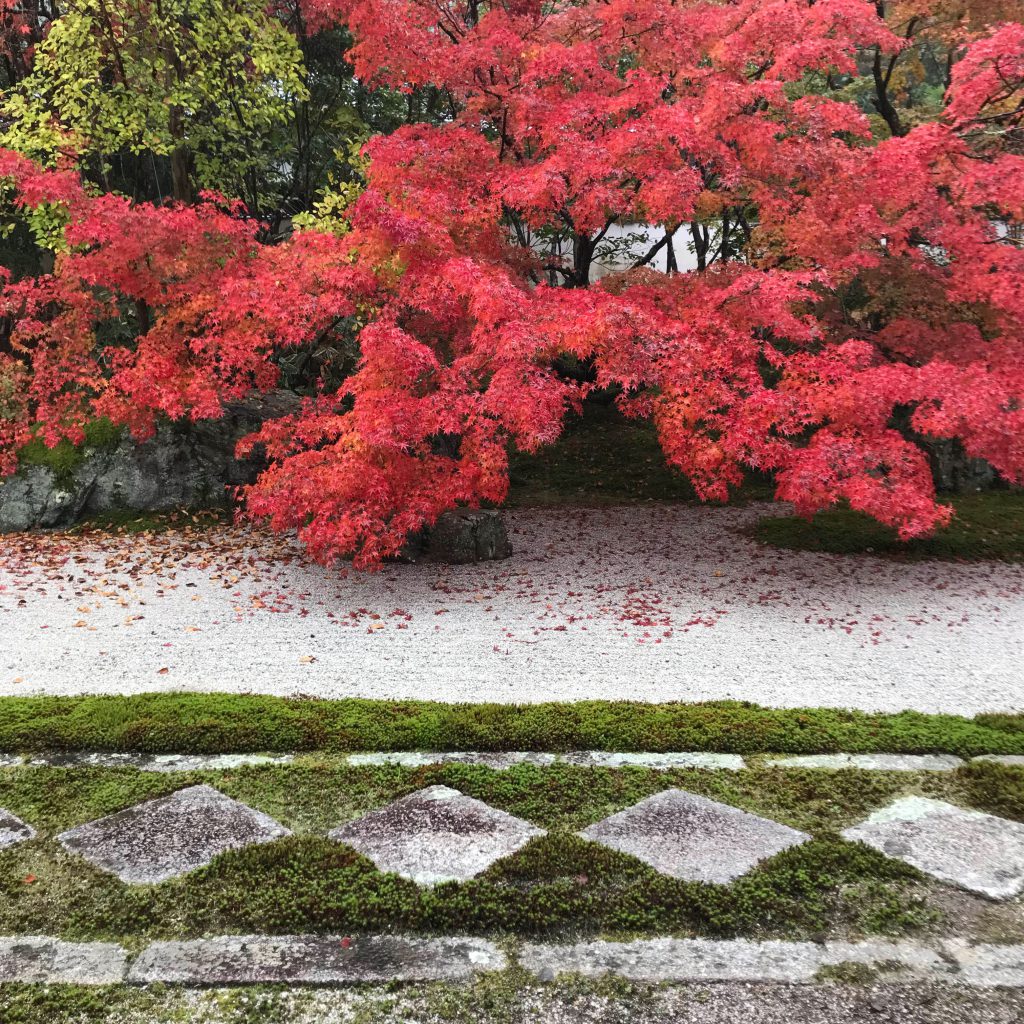
That is the kind of technique that is hard to imagine anywhere else but in Japan. In the end, what led you to switch careers?
The garden work ended up being a bit different from what I imagined it to be before coming here. While dreaming of coming to Japan, I had this vision of working in the Zen temples of Kyoto in a very contemplative state, creating gardens and connecting with nature in ways that I never had before.
In reality, there is very little creating new gardens here in Kyoto as a majority of the work is maintaining the gardens of the temples, shrines, and old residences for posterity. There is very little new construction as existing gardens are hardly ever torn out, and new houses typically have very small gardens (like a strip of green in front or behind the house) or none at all.
Most of my days were filled with trimming trees, pulling weeds, and hauling large amounts of tree clippings to the truck. It was very fast-paced and physically demanding. I did have some wonderful experiences of setting stones, laying moss, building bamboo fences and stone walls, but a majority of time was spent on garden maintenance. Honestly, I have a fear of heights and could not imagine doing this type of work until I retired.
So, I started to think of other ways to be able to continue spending time in gardens and learning about them without having to be in the trees all day. I came upon an advertisement for a tour guide and then had the idea to look for a position in a garden tour company. I soon found that even though there are countless tour companies in Kyoto, virtually none of them focus on Japanese gardens. There was only one other person leading garden-specific tours in Kyoto and from that point, I decided to start my business, An Design, which is a Japanese garden consulting and tour company.
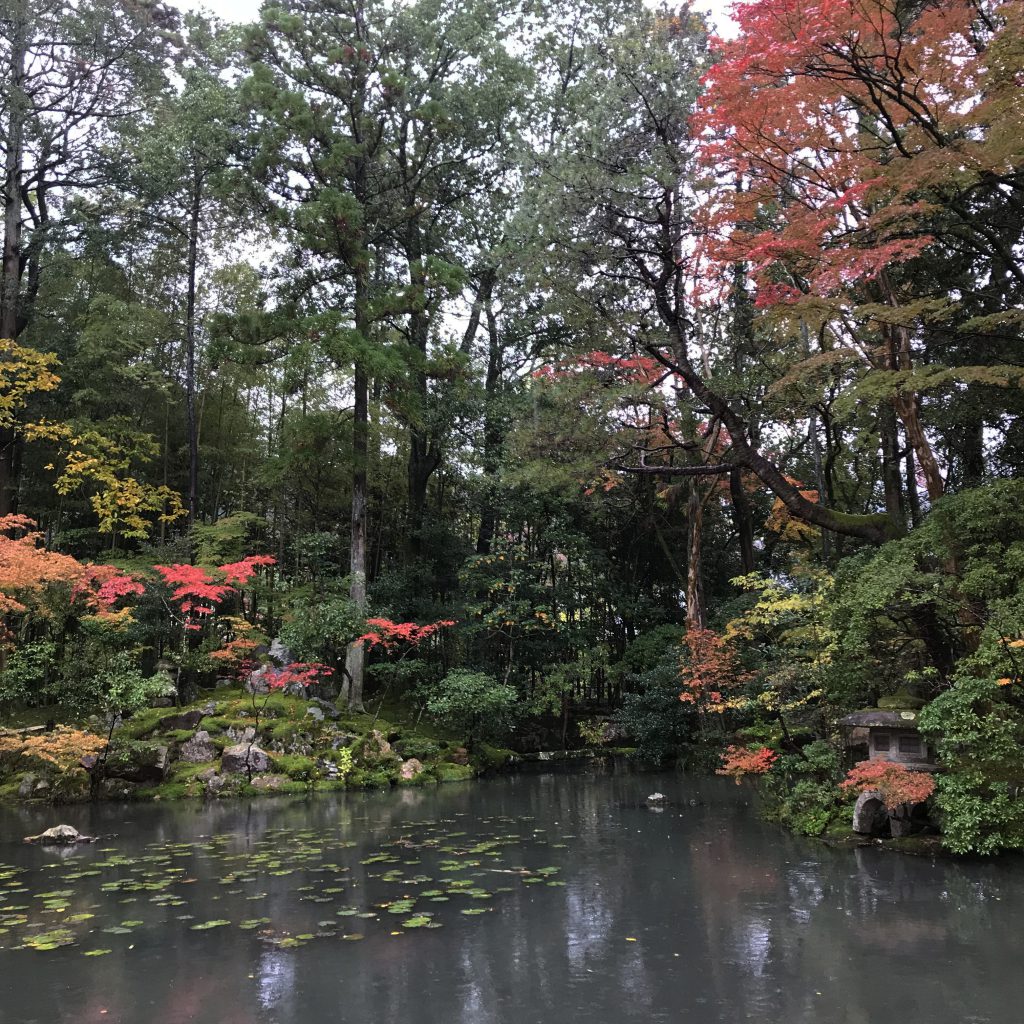
During the tour I took part in, you mentioned being interested in Eastern philosophies for a long time. Does it influence your perception of Japanese gardens?
Definitely yes. I think my interest in Eastern philosophy entirely affects how I see the gardens. On the simplest level, I certainly value open space in a garden more than most Western designers I would imagine. In the U.S., I had to very much keep in mind the requests of my Western clients, so spaces were often filled with lots of plants of different colors and textures. The gardens I get to work on here are much simpler, the plant palette is scaled-down and emptiness holds as much importance as the rest of the other elements in a designed space.
What really interests me most about the gardens of Japan is how they are created and used as a tool for spiritual awakening. I personally feel this is an aspect of these gardens that is, unfortunately, a bit overlooked. Just by spending time quietly in a Japanese garden, there is so much to learn about nature, ourselves, and the universe. The experience can be akin to a walking meditation or meditating without even consciously meditating! Just to be present in one of these spaces and not be consumed by the thoughts that typically flood one’s mind is a very powerful experience. To experience this moment, right now, without any other intrusions in our mind, is actually something rare. The gardens of Zen temples certainly facilitate that.
Often in the gardens, there are symbolisms connected to certain plants, stone arrangements, animals, water features, seasons, etc. Once you know a little bit about these elements, the gardens can become to seem like the Zen masters themselves!
Sometimes my tour guests are shocked to find out that I do not have a great interest in plants. Before I knew anything about plants or stones, I was interested in coming to understand the true nature of myself as a human being in this universe. After spending thousands of hours in the gardens of Kyoto, I fully believe that these spaces provide the setting to allow for this type of understanding to take place.

Your online experiences are real interactive documentaries mixing shots, making us feel like we are visiting the place with historical archives and your personal impressions. Why did you want to provide something different from a guided live walk filmed with a selfie stick?
This has been an aspect of my work that has made it a bit difficult because frankly, I could sell a lot more sessions if I was out at the sites I present with a selfie stick. The typical idea of an online tour for a paying guest is that I am out with my camera phone live at a site, they tell me where to point the camera, and then they get to look at what the camera is showing them as if their eyes are actually at this location. For me, this is a very misguided view of the possibilities of what an online experience can be. For a person who just wants to physically see a site, this might work, but then why not just watch a YouTube video?
Presenting in a pre-recorded fashion as I do eliminates a whole myriad of possible distractions which could immediately lower the quality of experience. Rain, wind, bright light, a nearby leaf blower, other people, construction off in the distance, etc. are never issues in my sessions. Visitors feel as if they are the only ones at the site and the lighting and sound are absolutely perfect. That leads to a very calm and peaceful feeling.
Then there is the whole issue of time differences around the world. Coinciding the hours when temples and shrines are open and when a potential guest would want to schedule a session would only allow for very small windows of time. My most popular time slot is 5 a.m. JST on Monday mornings as that is in the evening in Europe, and Sunday afternoon in the U.S. But at 5 a.m., no temple is ever open, so how would I be able to go live?
Finally, to walk around with a selfie stick talking to an audience at a Zen temple would be horrible etiquette by Japanese standards. I feel bad just talking on my phone at a temple, I could never imagine talking to my phone and then hearing my guests as they voice their comments. I do not even think this would be allowed in most temples.
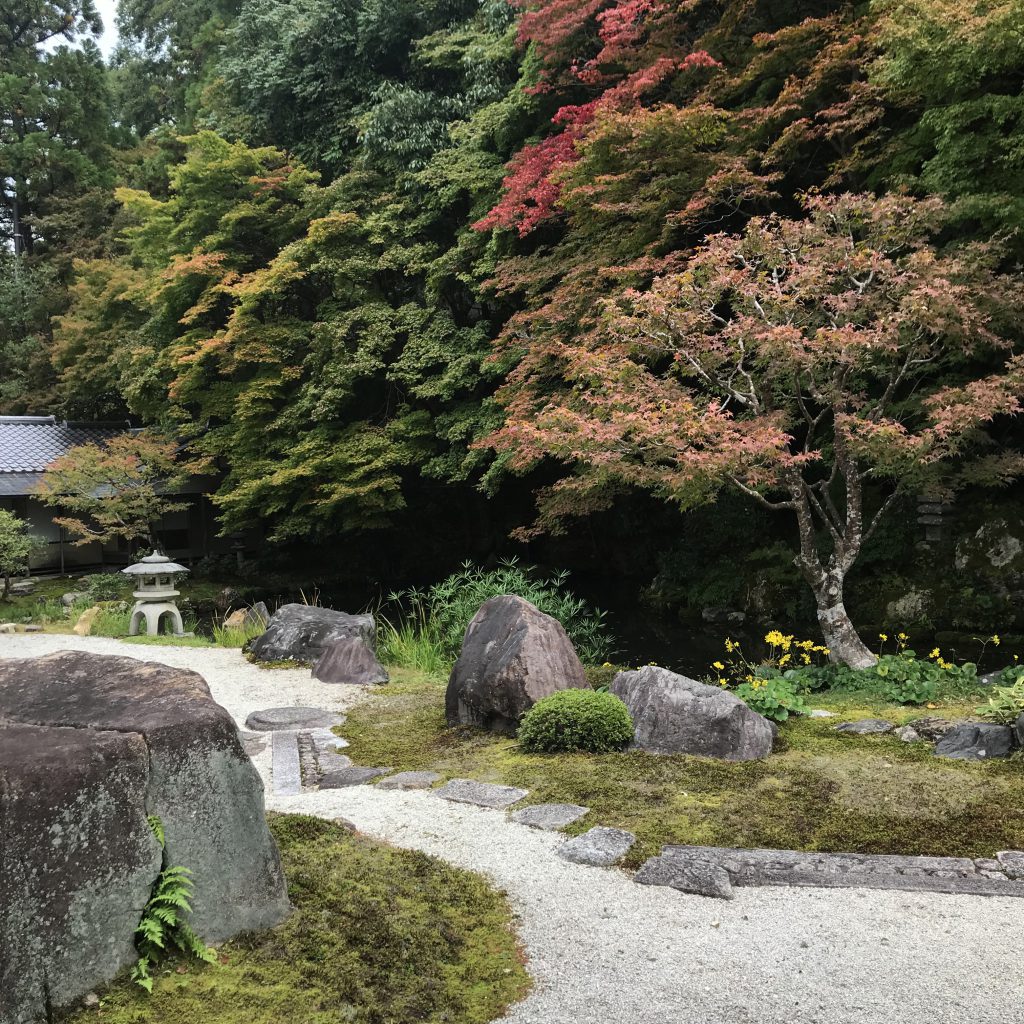
I refer to what I do as “Interactive and Immersive Online Live-Performance Documentaries.” I try to go beyond just physically showing a site and tell the deep stories that go along with the place. For example, in my Zen garden works, I also talk about how the Zen practice manifests itself in the garden, design techniques commonly used in Japanese gardens, symbolism in the garden elements, and how the gardens play a part in Japanese history. The garden becomes a vehicle to talk about many aspects of Japanese culture—something I could never do in-depth while walking around and doing a live video.
The videos I present are all in HD with high-quality sound. You can hear many natural sounds at the site, but I often edit in music to enhance the experience. Maybe my background in landscape design lends to my ability to shoot videos that give the viewer a very immersive feeling. By including shots from various distances, I allow the viewer to see the site as much as I do as a landscape designer. The landscapes become very soothing places, affecting the viewer as if they are actually there in person. None of this would be possible with a camera phone and a selfie stick.
Then, as you mentioned, I often present vintage footage along with the videos of the sites which gives a historical context to the story. All of this is paired with relevant photos, diagrams, overhead images, and my live commentary. This is a totally new and rich way to experience the deep culture of Kyoto from anywhere in the world.
How did you choose the places featured in your tours? What do they mean to you?
My tour work focuses on making my guests experience the true nature of Kyoto by connecting them to the lesser-known parts of this town, away from crowds. I have been to all the sites I present hundreds of times within eight years, which allows me to portray them in the digital realm in a unique and powerful manner.
What these sites mean to me is beyond words. As I mentioned earlier, in these spaces, I can feel my interconnected nature with all things in the universe. I very much enjoy sharing these gardens with guests who would otherwise probably never know of these places.
I, myself, could be considered a practitioner of Buddhism, but I do it entirely on my own, in my own way. When I visit the temple you’ve chosen for your tour, I feel as if I am spending time with my community, although the thousand people are all made out of stone! Then, when you know the story of how these statues came to exist, the energy of the site is simply overwhelming.
Apart from this temple, I also present a Zen garden that I consider my spiritual home and my Zen master. If you are ever in Kyoto, please visit Konchi-in, which is a sub-temple of Nanzen-ji.
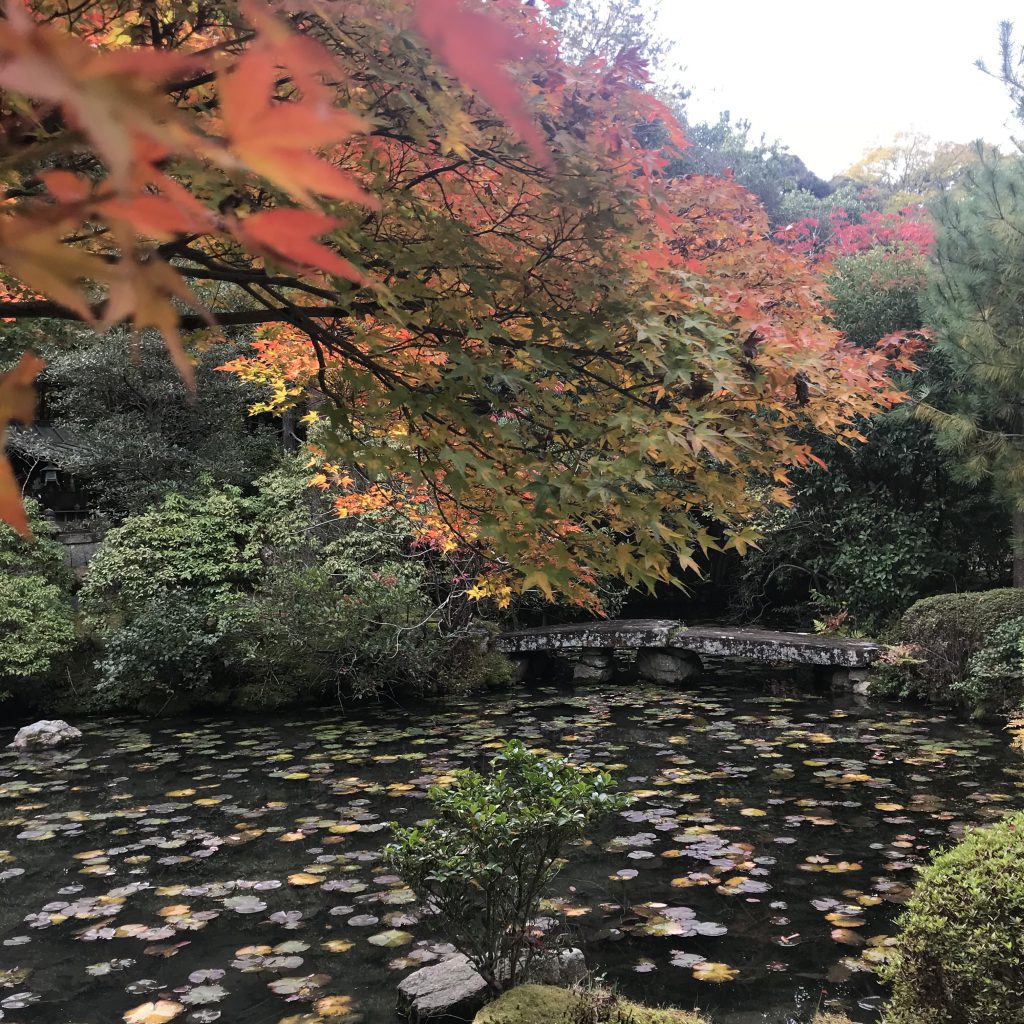
My other online experience takes place in Sakamoto, a medieval village between Mt. Hiei and Lake Biwa. It has a very beautiful but rather unknown garden. Sakamoto is actually in the neighboring Shiga Prefecture, adjacent to a quiet farming community. The whole feeling of this area is really what I think many visitors expect Kyoto to be before arriving: the town is lined with stone walls, stone lanterns, and seems to have more temples than homes. There are no hotels or convenience stores here, only a slow and simple life.
The tour I took part in featured archives and music provided by the head priest of the temple. How do you involve the locals in your tour and what are their reactions regarding your project?
The monk you mentioned is one of the kindest people I have ever met! He offered the vintage footage of his temple and allowed me to use the music he creates in all my online experiences. My wife and I interviewed him twice for that project, and he was so unbelievable with his answers and stories that each interview went for about 90 minutes! He even gave us something very special to offer to our online guests if they ever visited the temple in person.
I have known for years all of the head priests of the temples and shrines I present, so I already have very good relationships with them. They were more than willing to allow me to do this work, for which I am very grateful. They, or the staff working there, have been very accommodating in answering any questions I have and sharing stories that my guests would not hear otherwise.
All of these head priests always express their gratitude towards me for including them in the work that I do, which I always find very embarrassing because they are all such amazing people! They say they are very grateful that I am getting the word out about their temples’ existence. I am very honored to feel as I am helping them because to me, they are the ones who are helping me more than I could ever express.
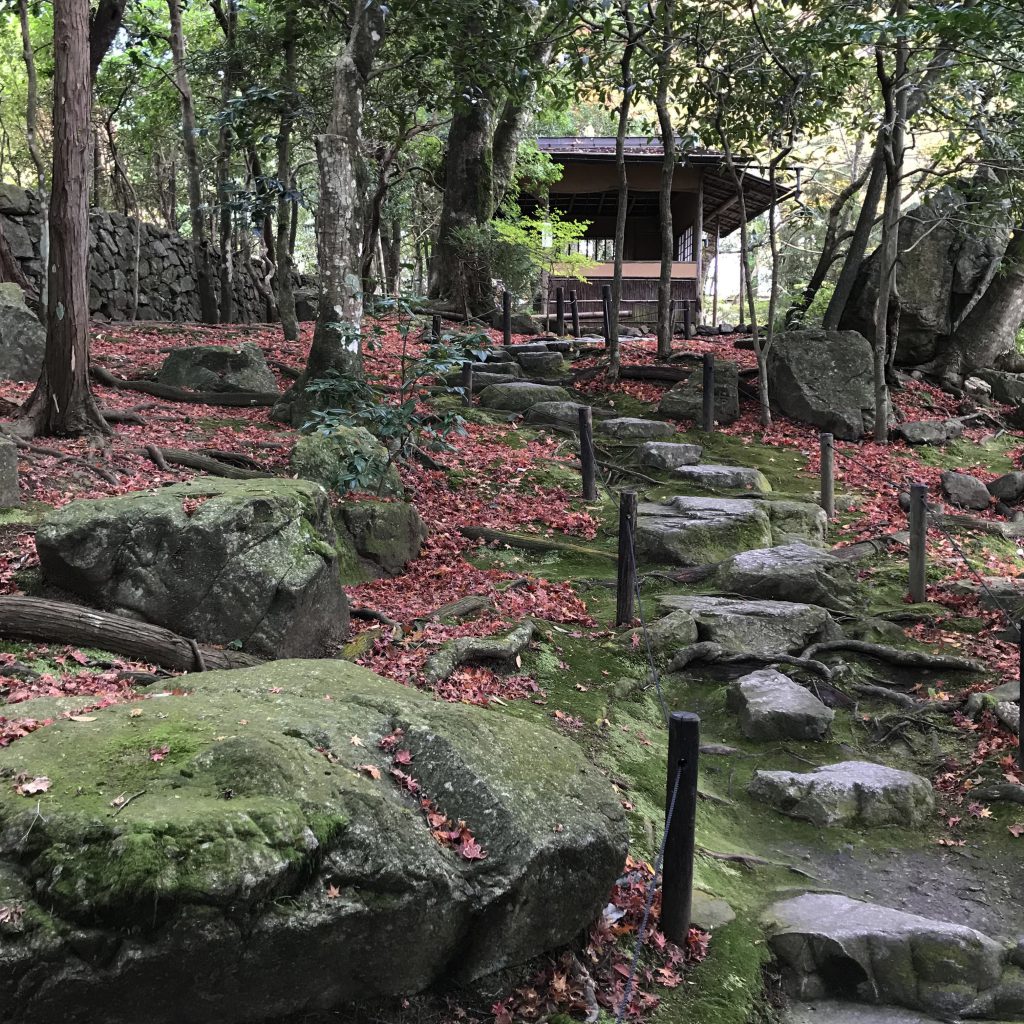
What are your projects for the near future?
I have just received a grant from the Kyoto government to work on a project that must be completed by the end of this year. My wife has been amazing in finding us several grants which have facilitated the production of my online works, and without this government support, I don’t think all of this would have been possible.
This next project, called Annon Kyoto, involves the creation of a series of in-person tours. And once these tours are created, I will make the online version to present to my guests until they can come and experience them in person.
“Annon” [安穏] translates to “peaceful and calm,” and shares the same pronunciation as “unknown.” This project focuses on presenting itineraries in Kyoto that introduce the unknown and peaceful parts of town. The initial itineraries are located on the west side of town, amongst the farmland and bamboo groves.
This part of town has long lamented that they do not get to benefit from the increased tourism in Kyoto in recent years as hardly anyone comes out this way. What we are putting together will hopefully change that!
Visit An Design’s official website to book a virtual tour: An Design.

